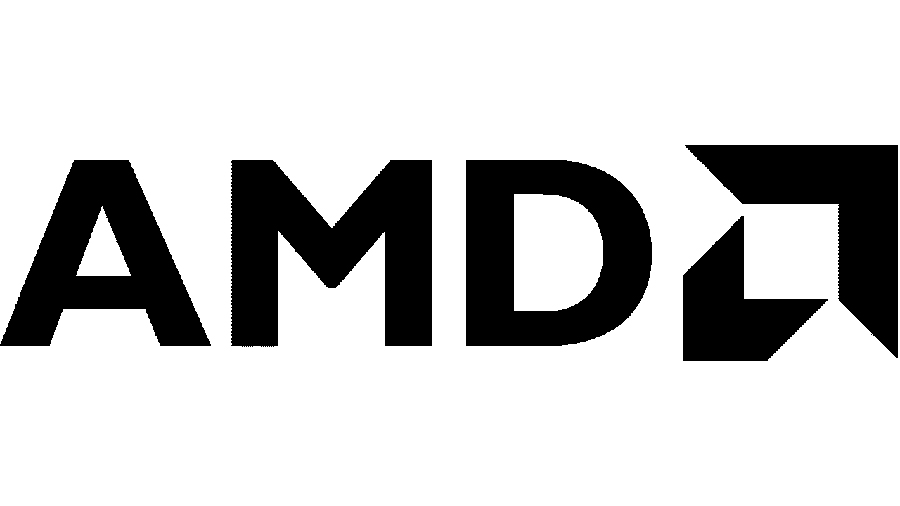Advanced technologies and services can have a transformative effect in cost, product quality and productivity, substantially increasing the bottom line for manufacturing companies.

By: Peter Chambers, Managing Director, Sales, AMD APJ
Introduction – Industry 4.0 in APJ
In recent years, the Asia-Pacific and Japan (APJ) region made remarkable strides in accelerating Industry 4.0 adoption. In fact, according GSMA Intelligence, a definitive source of mobile industry insights, forecasts and research used around the world, “countries in Asia Pacific have established frameworks on a national level, recognising the potential of Industry 4.0 to help prepare economic structures for greater productivity and resilience” with dedicated official task forces in various markets including Japan, Korea and Singapore . The same report provides a summary of Industry 4.0 visions in several nations, listed below:
- Australia has instituted an Industry 4.0 Taskforce that works through its Testlabs initiative to collaborate with industry to improve the competitiveness of the manufacturing industry.
- Japan’s Society 5.0 focuses on mobility, healthcare and caregiving, manufacturing, agriculture, food, disaster prevention, and energy.
- Malaysia’s Industry 4.0 policy framework focuses on labour productivity growth, manufacturing contribution to the economy, innovation capacity, and high skilled jobs
- Singapore’s key strategies include: transforming facilities and operations, R&D partnerships to develop new talent, and collaborate with manufacturing communities.
Evident in many of the national Industry 4.0 priorities stated above, the manufacturing industry across the region is poised to benefit significantly from the Industry 4.0 vision, which places a great emphasis on innovation-driven manufacturing.
In order to efficiently capitalise on what Industry 4.0 technologies have to offer, design and manufacturing enterprises across the region are beginning to move away from legacy systems and traditional processes, to take advantage of next-gen technology to automate, improve and streamline processes. A study by Deloitte supports this transition, reporting that digitally mature companies enjoy a wide range of specific benefits arising from their digital transformations that include, but go well beyond, the bottom line . As a substantiation, Deloitte’s 2020’s digital transformation study found that companies with higher digital transformation maturity reported 45% net revenue growth.
Elevating Performance in Core Manufacturing Workloads
Cost, product quality, and productivity are the three core pillars in the manufacturing industry; greater efficiency across all three pillars will be a never ending journey. Advanced technologies and services can have a transformative effect across all three pillars, substantially increasing the bottom line for manufacturing companies.
In a general sense, manufacturing firms are turning to High Performance Computing to support various workloads within the manufacturing domain, including Computer Aided Engineering (CAE), Electronic Design Automation (EDA) and Finite Element Analysis (FEA) workloads. High performance computing can help manufacturers at every stage of product development, from running advanced design simulations to automating processes and predicting maintenance issues. There are multiple solutions with different capabilities to suit very specific workloads. In AMD alone, customers can choose from our EPYC processor family, our Ryzen Threadripper PRO family and now, the AMD EPYC 7003 processors with AMD 3D V-Cache technology.
Data centres powered by AMD EPYC processors help deliver incomparable performance and scalability for CAE and EDA workloads of virtually any size. AMD EPYC processors are designed to increase the computing throughput of engineering simulation workloads such as CAE, and EDA by reducing latency impacting design cycle time, contributing to better, higher quality product designs.
AMD Ryzen Threadripper PRO processors deliver up to 64 cores for multithreaded simulation and rendering along with the advantage of high frequency capable cores for lightly threaded workloads, helping organisations rip through the most demanding design projects.
The best is only getting better with the launch of the AMD EPYC 7003 Processors with AMD 3D V-Cache technology, raising the bar once more for breakthrough performance on targeted technical computing workloads relevant in the manufacturing industry such as FEA and computational fluid dynamics (CFD):
- CFD Workload (Analyses fluid dynamics faster): Up to 82% maximum speedup on computational fluid dynamics with Ansys Fluent.
- FEA Workload (Finite Element Analysis): The 64-core, AMD EPYC 7773X processor can deliver, on average, 44 percent more performance on Altair Radioss simulation applications compared to the competition’s top of stack processor.
That being said, to find the most optimal balance between cost, product quality and productivity, it is essential for business leaders to identify the various workloads in your specific manufacturing process, evaluate the extent to which each workload is used and invest in workload-specific tools. However, as mentioned earlier, with a great many solutions and products out there, business leaders can easily be flummoxed as to what specific tool would be ideal for their unique business needs.
Evaluating the extent to which each workload is used in the organisation would enable business leaders to identify the right workload-specific tool to enhance overall business operations. This is where expert consultants would be an investment with significant ROI.
Other considerations: Reduced Power and Security
While the afore-mentioned points delved into the technical aspects of the manufacturing industry and the role of technology in elevating multiple workloads, there are various other considerations that could lead to a better cost-quality-productivity balance, including energy efficiency and security considerations.
Reduced Power
With regards to the reduction of power, it is a key consideration with significant long term positive impact not just to the environment, but also to the organisation’s Total Cost of Ownership (TCO). To illustrate, AMD EPYC 7003 Series processors with AMD 3D V-Cache uses up to 30% less power, and will enable you to save an estimated 123.53 Metric Tons of CO2 which is an estimated equivalent carbon sequestration of 49 acres of US forests annually. Not just that, with the power efficiency provided by the AMD EPYC 7003 Series processors with AMD 3D V-Cache, use up to 30% fewer servers and reduce 3-year TCO by up to 30% percent compared to servers without V-Cache technology .
Security
Enhancing security is an ever-evolving venture with no finish line, especially for the manufacturing industry. As smart factory initiatives continue to proliferate across the global footprint of manufacturers, cyber risks are expected to continue to increase. In fact, according to a study by Deloitte and the Manufacturers Alliance for Productivity and Innovation (MAPI), forty-eight percent of manufacturers surveyed identified operational risks, which include cybersecurity, as the greatest danger to smart factory initiatives . The study also states that many manufacturing companies are seeing an increase in cyber related incidents associated with the control systems used to manage industrial operations .
Since many smart factory use cases are still in planning and early stages, now is the time to harmonize these projects with cyber risk programs. Design and include the appropriate end-to-end security controls, and start from the processor level. Identifying the right security solution without performance compromise is key. Built-in at the silicon level, AMD Infinity Guard offers the advanced capabilities required to help defend against internal and external threats and help keep your data safe with virtually zero impact to system performance .
Conclusion
The Covid-19 pandemic initially slowed digitization efforts not just in APAC, but on a global scale. About 38% of manufacturers surveyed by Deloitte pressed pause on smart factory investments as of August 2020 . Nevertheless, by 2021, 80% of manufacturers reported that smart factories are key to their future success , according to a Plex report. Investment will likely continue to pour into the sector, and it is time now, more than ever, to invest in the right tools and resources to elevate the manufacturing sector in line with Industry 4.0 goals.
DISCLAIMER
The information contained herein is for informational purposes only and is subject to change without notice. While every precaution has been taken in the preparation of this document, it may contain technical inaccuracies, omissions and typographical errors, and AMD is under no obligation to update or otherwise correct this information. Advanced Micro Devices, Inc. makes no representations or warranties with respect to the accuracy or completeness of the contents of this document, and assumes no liability of any kind, including the implied warranties of noninfringement, merchantability or fitness for particular purposes, with respect to the operation or use of AMD hardware, software or other products described herein. No license, including implied or arising by estoppel, to any intellectual property rights is granted by this document. Terms and limitations applicable to the purchase or use of AMD products are as set forth in a signed agreement between the parties or in AMD’s Standard Terms and Conditions of Sale. GD-18
2022 Advanced Micro Devices, Inc. All rights reserved. AMD, the AMD Arrow logo, AMD 3D V-Cache, EPYC, Ryzen, Threadripper, and combinations thereof are trademarks of Advanced Micro Devices, Inc. Other product names used in this publication are for identification purposes only and may be trademarks of their respective owners.
Liked this post? Follow SwirlingOverCoffee on Facebook, YouTube, and Instagram.


